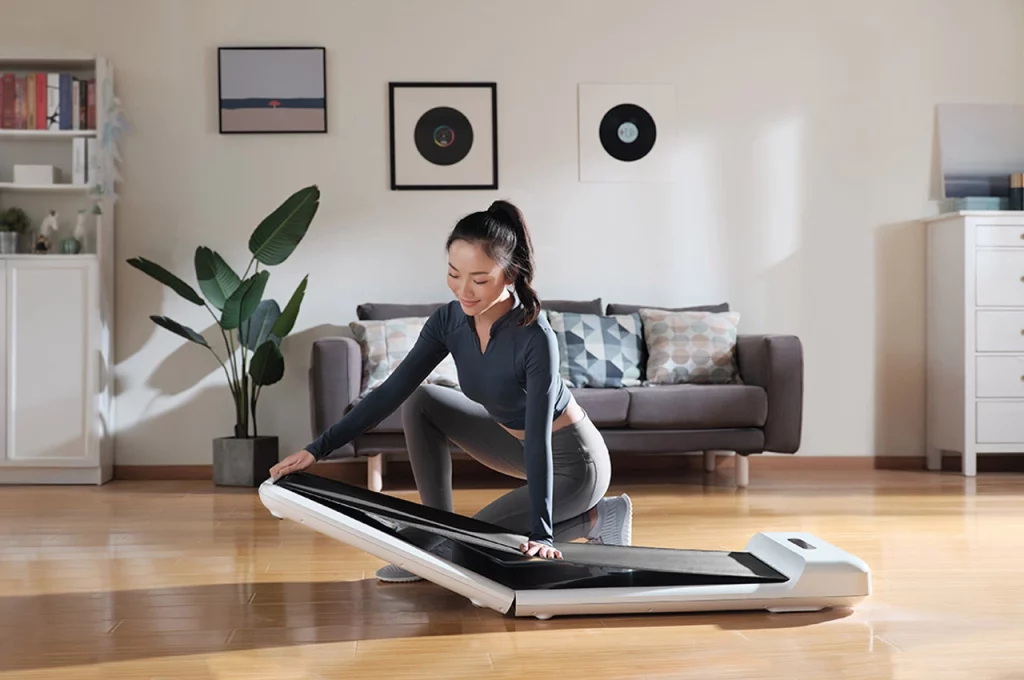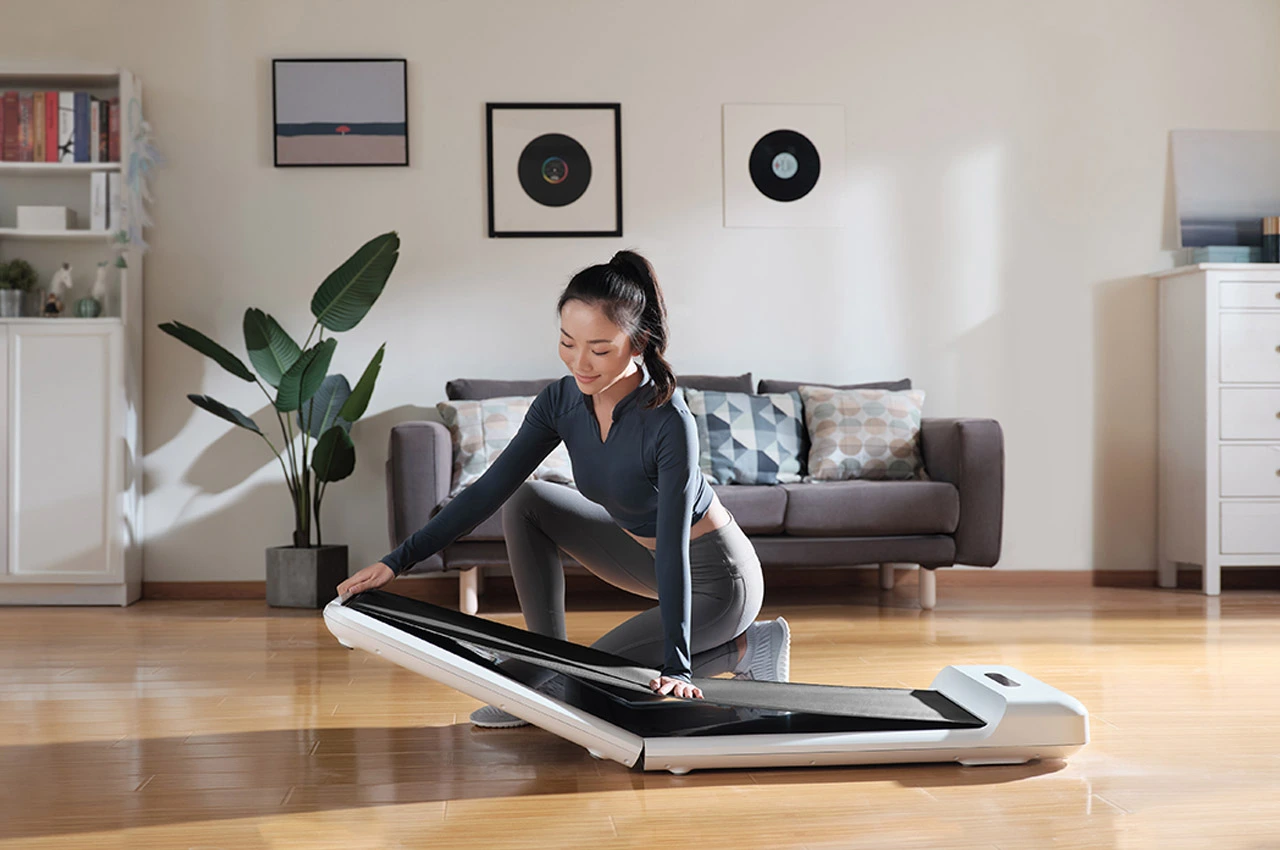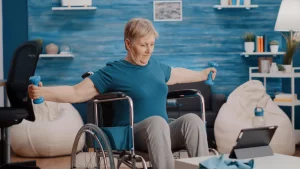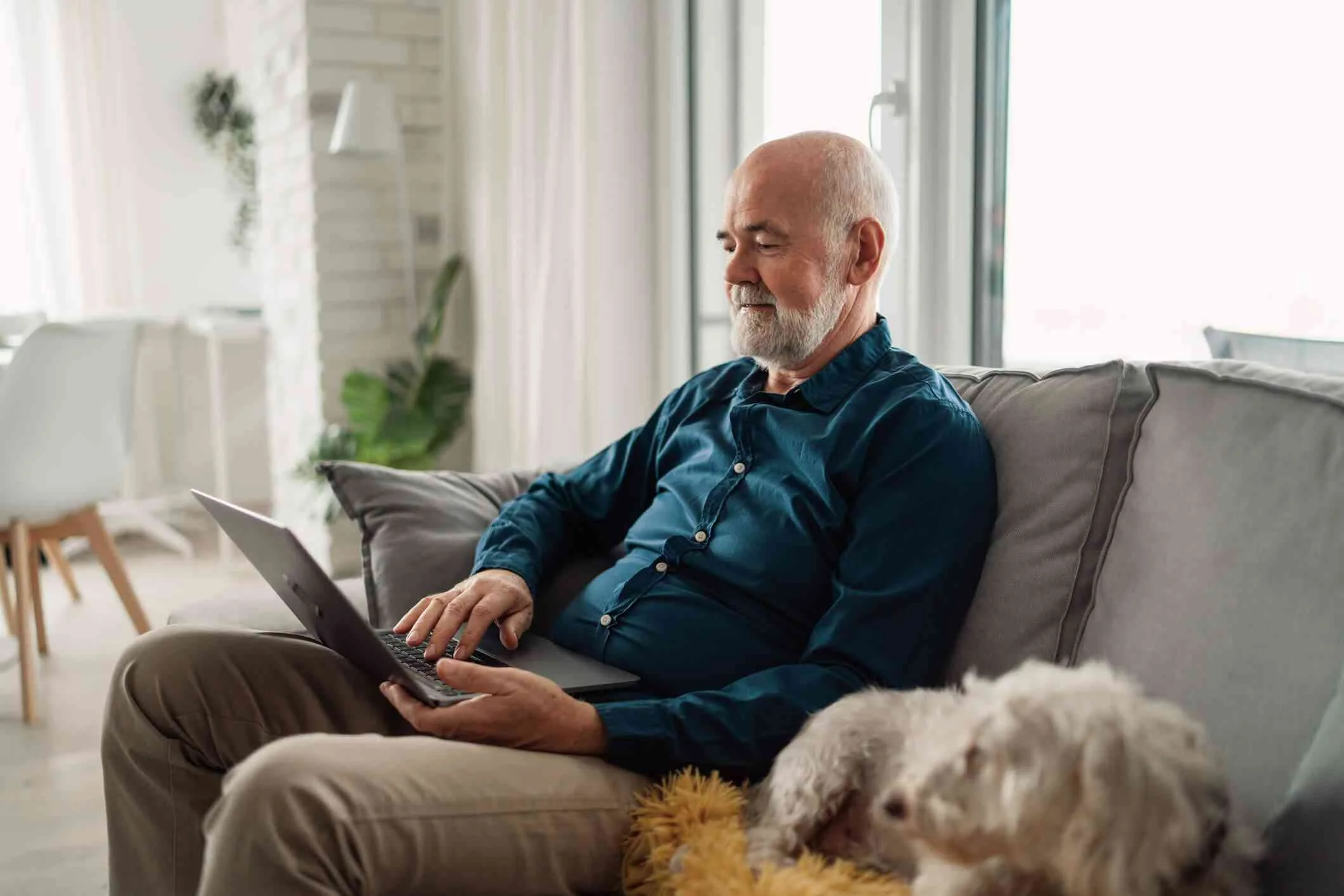In the dynamic fitness industry, inclusivity is key. Assistive furniture plays a vital role in ensuring accessibility for all individuals. Traditional equipment may not cater to everyone, but adaptive furniture solutions can bridge this gap effectively. How can innovative design elements create truly inclusive workout spaces?
Key Takeaways
- Inclusive fitness centers incorporate assistive furniture to promote equal access to physical activities for individuals with diverse abilities.
- Adaptive equipment, such as wheelchair-accessible benches and adjustable exercise machines, enhance the workout experience for people with disabilities.
- Careful consideration of physical space and equipment ensures equal access and promotes a sense of belonging in health centers.
- Effective incorporation of supportive furniture solutions maximizes accessibility and encourages equal participation in physical activities.
- Nurturing a culture of inclusivity and accessibility in fitness environments enables individuals with disabilities to engage in physical activities and promotes overall well-being.
Exploring Assistive Furniture Options
When incorporating assistive furniture into fitness environments, it is essential to investigate the various options available, as different types of equipment and accessories can cater to diverse needs and abilities, ultimately enhancing the overall workout experience. Exploring assistive furniture options allows fitness centers to create inclusive spaces that accommodate a wide range of users, promoting equal access to physical activity.
Fitness Environments and Adaptive Needs
Health environments that cater to adaptive requirements require careful consideration of the physical space and equipment to ensure equal access to physical activity for individuals with diverse abilities. By incorporating _investigating assistive furniture_ solutions, health centers can create inclusive spaces that accommodate varying needs, promoting equal opportunities for physical activity and well-being.
Importance of Inclusive Workout Spaces
Amidst the growing awareness of adaptive needs in health environments, the significance of inclusive workout spaces cannot be overstated, as they play a vital role in nurturing a culture of inclusivity and accessibility. Exploring assistive furniture solutions can enable equal opportunities for individuals with disabilities to engage in physical activities, promoting a sense of belonging and social integration.
Incorporating Assistive Furniture Solutions
How can fitness centers effectively incorporate supportive furniture solutions to create a more inclusive environment for individuals with disabilities? By exploring assistive furniture options, gyms can provide adaptive equipment, such as wheelchair-accessible benches and adjustable exercise machines, to promote equal access to fitness opportunities. This thoughtful integration encourages inclusivity and nurtures a sense of belonging among patrons.
Frequently Asked Questions
What Are the Most Popular Types of Assistive Furniture in Gyms Today?
The most popular kinds of assistive furniture in gyms today include adaptable benches, a variety band systems, and accessible weight machines, which cater to various fitness needs and promote inclusive workout environments.
Can Assistive Furniture Be Customized for Specific Fitness Needs?
Indeed, assistive furniture can be personalized to cater to particular fitness requirements, enabling gyms to customize their equipment to accommodate a variety of abilities, aspirations, and workouts, thereby enhancing the overall exercise experience.
How Do I Determine the Right Type of Assistive Furniture for My Gym?
To determine the right type of assistive furniture for your gym, assess your members’ varied needs, considering factors such as mobility, flexibility, and accessibility requirements to select furniture that promotes inclusivity and ideal workout experiences.
Are There Any Specific Regulations for Installing Assistive Furniture in Gyms?
Regarding regulations for installing assistive furniture in gyms, the Americans with Disabilities Act (ADA) provides guidelines for accessible design, while local building codes and Occupational Safety and Health Administration (OSHA) regulations are applicable.
Can Assistive Furniture Be Used for Non-Adaptive Needs, Such as Comfort?
Indeed, assistive furniture can be utilized beyond adaptive needs, prioritizing comfort and enhancing overall workout experiences for all users, thereby cultivating a more inclusive and supportive fitness environment.’
Conclusion
Optimizing workout spaces through the incorporation of assistive furniture is important for promoting inclusivity and accessibility in fitness environments. By acknowledging diverse needs and incorporating adaptive equipment, fitness centers can cultivate a culture of belonging and social integration. The integration of assistive furniture solutions can significantly improve the overall workout experience, ultimately contributing to a more equitable and accessible health environment.
Also read: Transformative Workouts for Family Wellness









